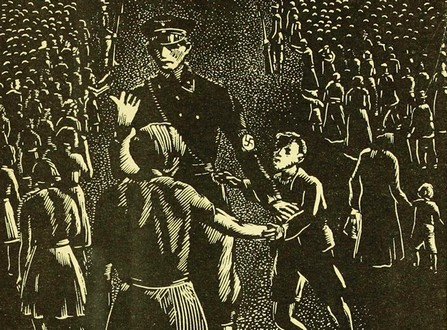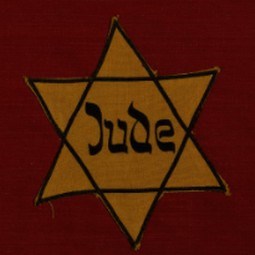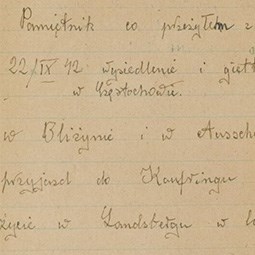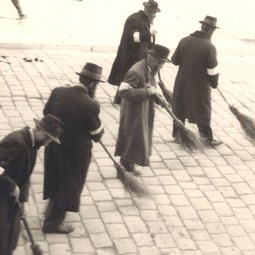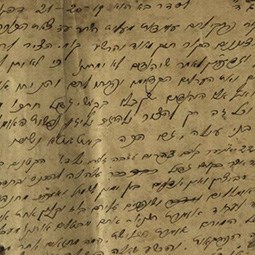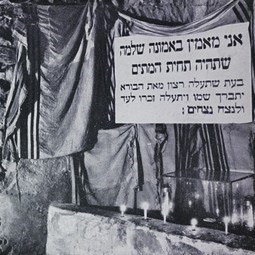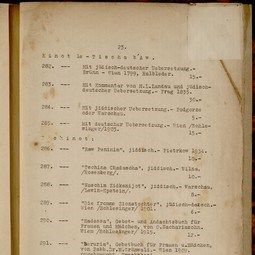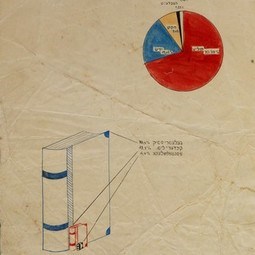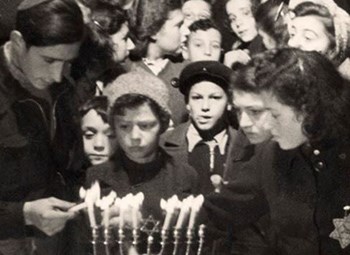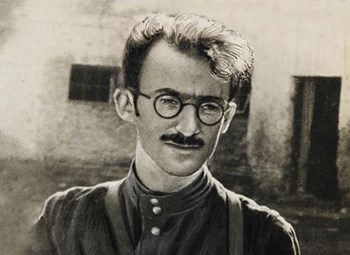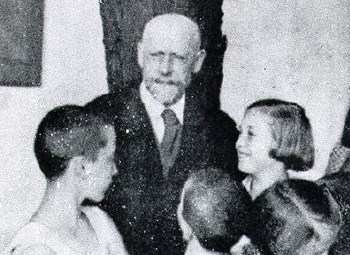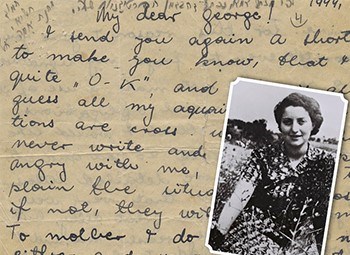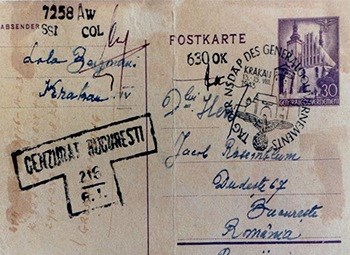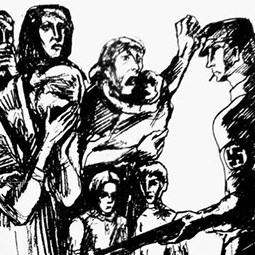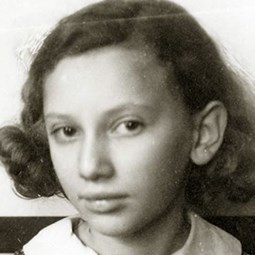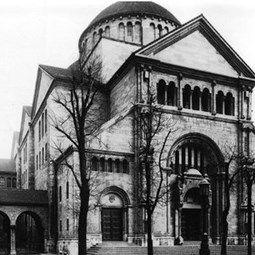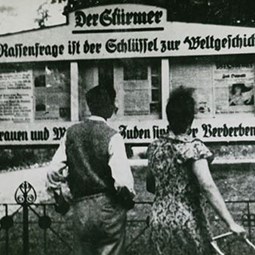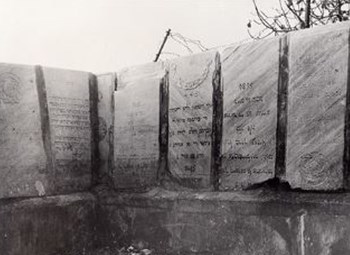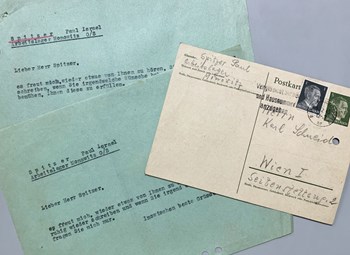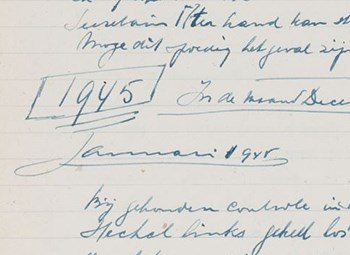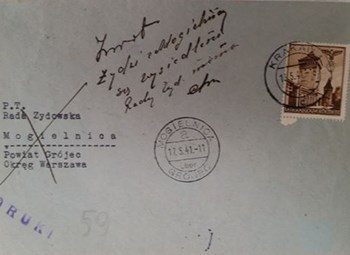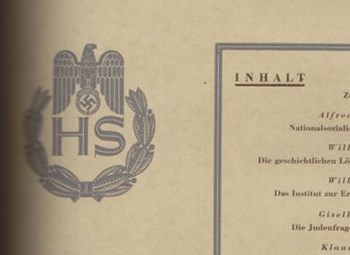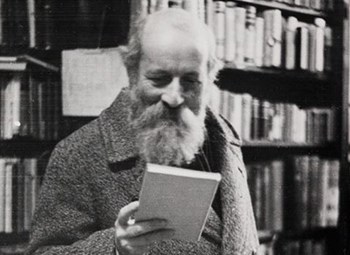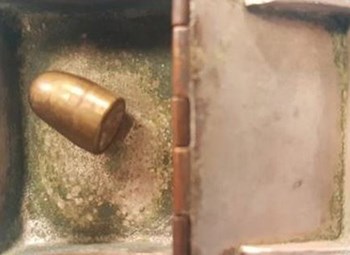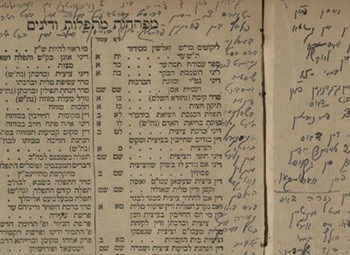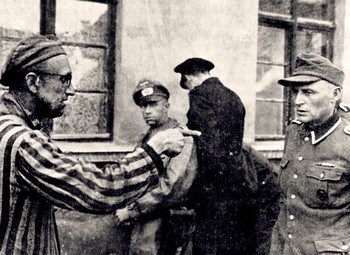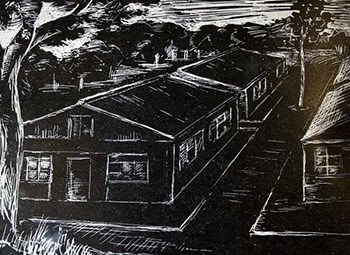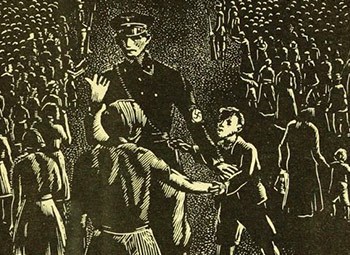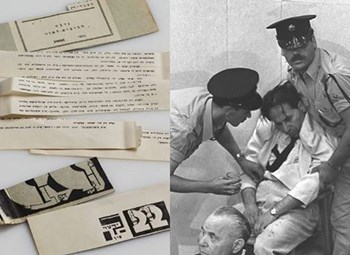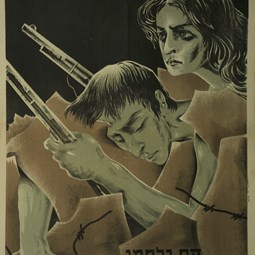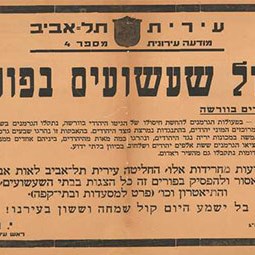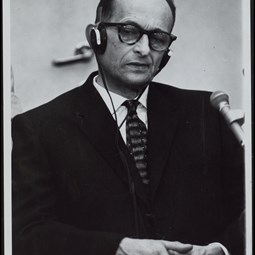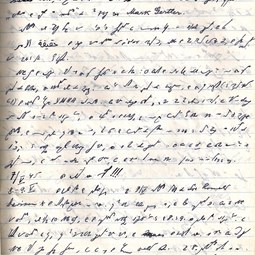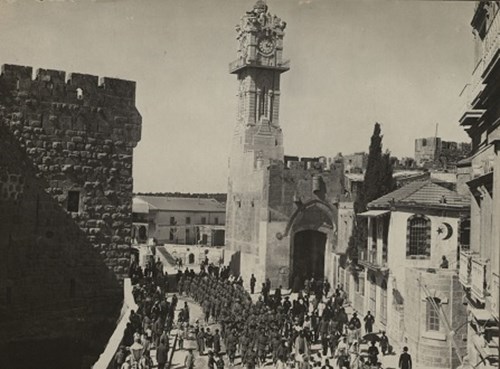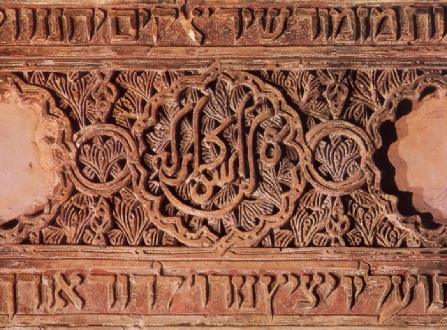The Holocaust
In the annals of the human species, the Holocaust in Europe during World War II (1945–1939) is recognized as the most heinous crime ever perpetrated by one nation against another. It was an event unprecedented in scope, in terms of the murderous technology used to carry it out, and in the readiness of Nazi Germany and its collaborators—individuals and governments—to eradicate every living memory of the existence of the Jewish people from the face of the earth.
The National Library of Israel preserves many different items connected to the Holocaust, with many of these relating to the place of the book during those dark days of terror and destruction.
The varied materials illuminate different aspects of this topic: the efforts made to save books from destruction on the eve of the Holocaust, the publishing of Hebrew books in Nazi-occupied countries, books and manuscripts saved immediately after the Holocaust, items linked to communities and individuals destroyed in the Holocaust, as well as books and memoirs written by survivors.
The Library also preserves photographs, personal archives of Holocaust survivors, music from the period and oral documentation.
Archival documents and unique items originating in ghettos, concentration camps and hiding places during World War II offer different perspectives on the horrors that transpired during the days of the genocide of the Jewish people. Completing this comprehensive documentation are items created by Sh'erit haPletah (lit. "the surviving remnant") - the displaced persons and illegal immigrants who did not lose hope or their thirst for life during some of the darkest days in world history.

 Sign in with Google
Sign in with Google
 Sign in with Facebook
Sign in with Facebook
